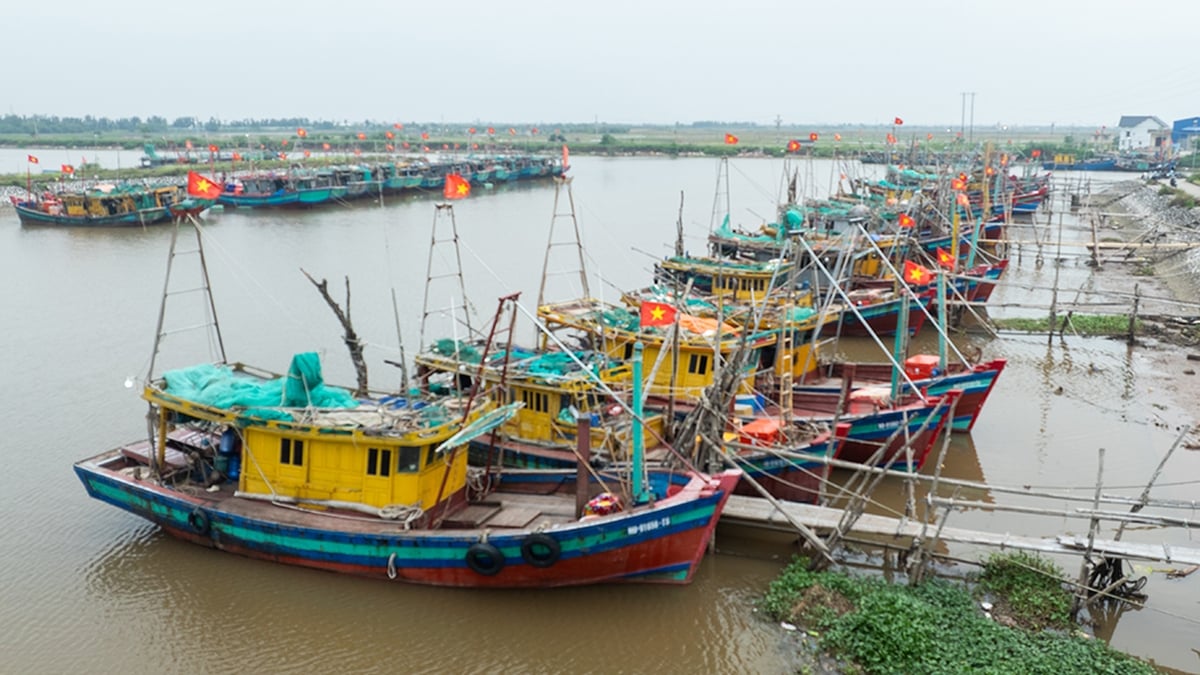According to a study published on July 12 in the journal Nature , over the past 20 years, 56% of the world's oceans have changed color from dark blue to green over time, with low latitudes near the equator being particularly affected. This oceanic area changing color is larger than the total land area of the Earth, according to the French news agency AFP.
Scientists at the UK National Oceanography Centre and the Massachusetts Institute of Technology (MIT) in the US collaborated on the research.
The authors of the study suggest that the ocean changes are due to changes in the ecosystem, especially in tiny plankton. Plankton are central to the marine food web and play an important role in stabilizing the atmosphere.
“We are interested in colour change because it reflects the state of the ecosystem,” said BB Cael, a scholar at the National Oceanography Centre in the UK, lead author of the study. “So colour change means ecosystem change.”
Scientists studied data from 2002 to 2022 from NASA's Modis-Aqua satellite. The color of the ocean as seen from space can paint a picture of what's happening in the upper layers of the ocean. The color of the ocean comes from the composition of its upper layers.
Darker blues indicate little life, while waters that tend to be more green are likely to have more activity, especially from photosynthetic plankton, which are similar to plants and contain green chlorophyll. They produce significant amounts of oxygen, are a key component of the global carbon cycle, and are a fundamental part of the ocean food web.
Ocean ecosystems are balanced, and any changes to phytoplankton will impact the food chain, said Stephanie Dutkiewicz of MIT. “All of these changes are causing imbalances in the natural organization of the ecosystem. These imbalances will only get worse over time if our oceans continue to warm,” she told CNN .
She also added that this affects the ocean's ability to store carbon because different plankton can absorb different amounts of carbon.
Plankton of different sizes scatter light differently. In addition, plankton with different pigments also absorb light differently. Studying changes in ocean color will help scientists understand changes in the world's plankton population.
Researchers want to develop ways to track changes in ecosystems to track climate change.
It is known that the US Aeronautics and Space Administration (NASA) will launch a modern satellite called Pace in January 2024. One of the missions of the Pace satellite is to measure hundreds of ocean colors around the world, in an effort to understand what is happening to our oceans.
Minh Hoa (reported by Lao Dong, Tin Tuc, Thanh Nien newspapers)
Source


























![[Photo] National Assembly Chairman Tran Thanh Man visits Vietnamese Heroic Mother Ta Thi Tran](https://vphoto.vietnam.vn/thumb/1200x675/vietnam/resource/IMAGE/2025/7/20/765c0bd057dd44ad83ab89fe0255b783)







































































Comment (0)